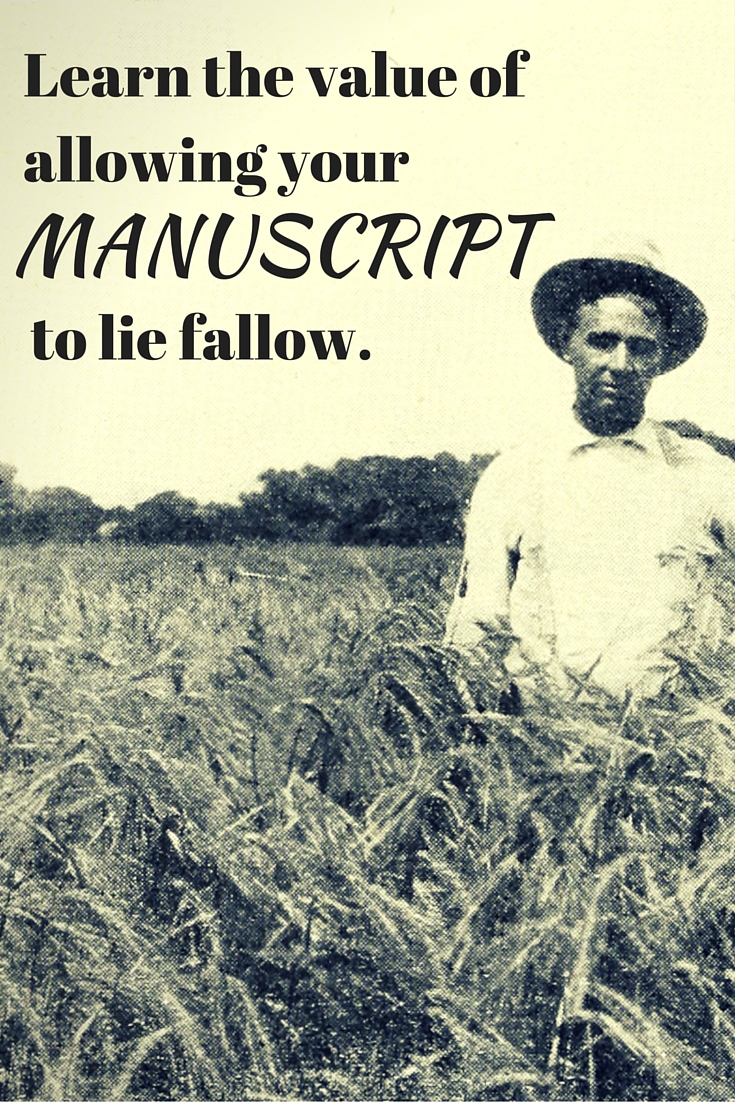I’m in a fallow period. I have finished a draft of a novel, Book 2 of the sff trilogy I’m writing. While life has taken me off in crazy directions, it’s okay. Sometimes, stories need to rest a while. You need time to forget what you wrote so you can come back with fresh eyes.
One problem with just-finished novel manuscripts is that it has become a coherent story; unfortunately, it’s not the story you meant to write. It’s likely close to what you envisioned, but it’s never a perfect version of the story. There are two manuscripts: the one in your head and the one on paper. If you try to polish and revise immediately, it’s too easy to say to yourself that you DID include such and so. It’s in your head, surely it must be on paper. Alas. It’s not so.
Allowing a manuscript to rest means that when you come back, your memory has less of an opportunity to trip you up. You must see the story you put on paper! You must take it as the starting point for any revisions. Here are some things you may discover.
Not on the page. You may discover that there are things in your head that still haven’t been written. You meant to write it later. Sometimes, you unconsciously put in a “place holder,” or a scene that is just bare-boned and full of cliches. The story may be complete, but the actual writing has been done quickly, and without enough thought.
Jumbled. When I write action scenes, I have to be very careful about the time line. What action came first and what came second? In the melee of writing, I’m throwing punches right and left. I have to be very methodical about sequencing a string of actions.
Repetition. I also tend to repeat things. Perhaps it’s a bit of philosophy or advice to the main character. Or, I repeat one word endlessly. This is line-editing stuff, and I’ve found that I can’t SEE the words unless I’m taken a break from the story.
There are times, though, when you must read and revise immediately. Then you need to turn to tricks to help you see what you wrote.
Reading from the last page. One proofreading strategy is to start from the last page and go forward from there. It’s like artists who turn a picture upside down to draw it. Right-side up, the drawing says, “I’m a dog.” But upside down, the drawing says, “I’m a straight line that extends this far, followed by a squiggly line that crosses that other line and . . .” In other words, removing the context allows artists to see the drawing as a series of marks on the page.
Likewise, editing from the last page forward removes the context of the story and allows an author to see the words and sentences.
You may also want to revise using handy tools provided by the computer. On your word processor, you can change the font, the size of text, the spacing and so on. As in the shrunken manuscript, I’ve found that these manipulations change the context and allow me to see what’s on the page.
I’ve tried an online word counter, TextFixer, with some luck. It tells me how many times I’ve repeated a certain word. I tried this blog post up to this point, about 500 words and found these words were repeated lot.
Primary Keywords Frequency
story 7
page 6
strong 6
see 6
one 5
line 5
head 3
write 3
things 3
revise 3
need 3
paper 3
manuscript 3
words 3
context 3
last 3
drawing 3
writing 3
What do you think? Should I try to find alternatives for story, page, strong and see? Even if I’m including keywords a lot for Search Engine Optimization standards, those four are repeated a lot. (I didn’t change them, so you can see where they are and decide if you’d change some or not.)
To try out the TextFixer, I’ve embedded a form here (You must be on the website, this won’t work from an email.)
Free tool from TextFixer.com: Online Word Counter
In agriculture, fields are left fallow so they can rest and rebuild the necessary minerals and such needed by plants to grow well. In our case, a manuscript goes fallow so that whey we come back to it, we can do a better job of revision.
